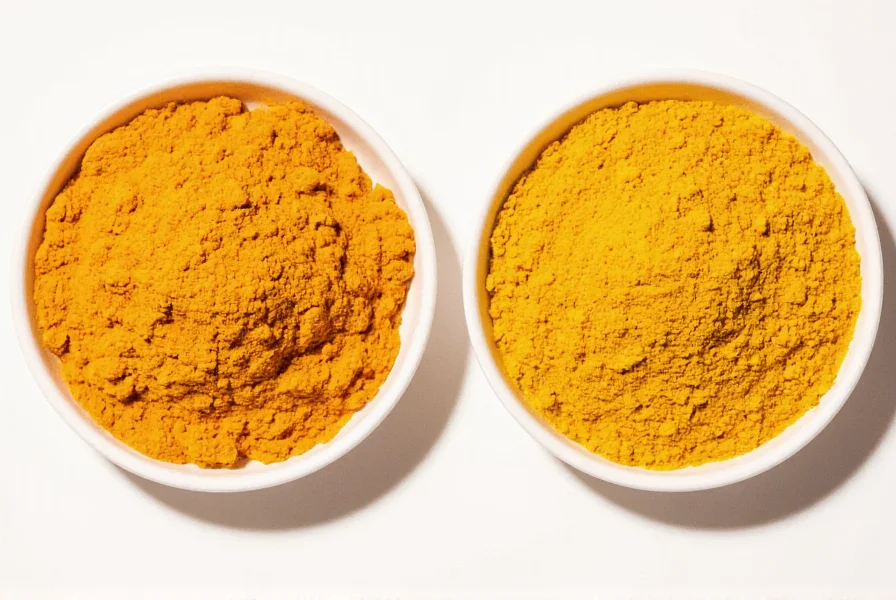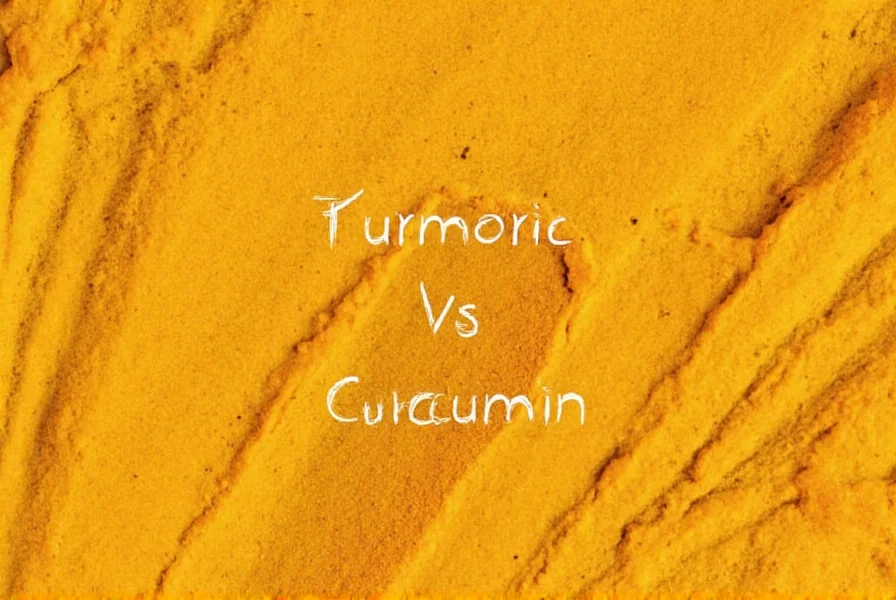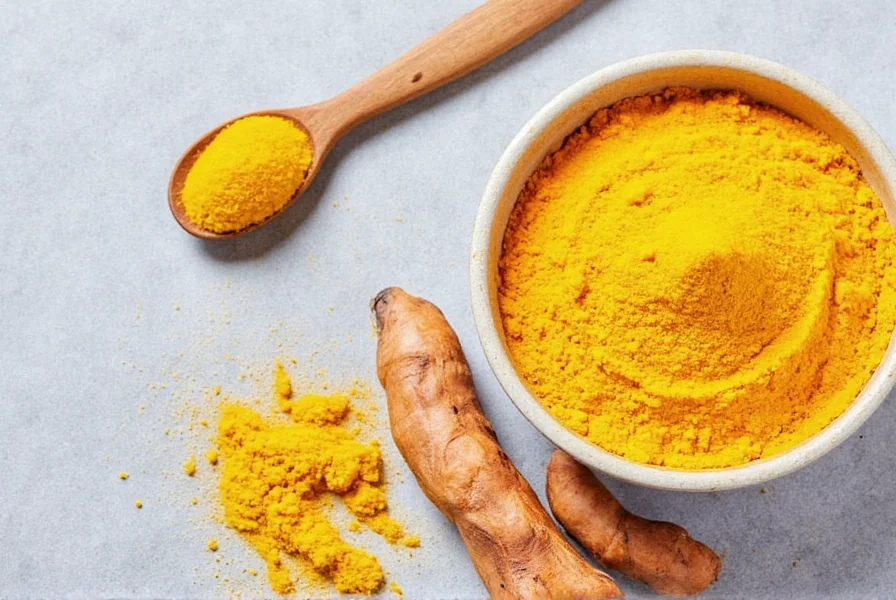Many people confuse turmeric with curcumin, asking questions like 'turmeric or turmeric' when they likely mean 'turmeric or curcumin.' This common terminology mix-up creates confusion about how to best incorporate these substances into daily wellness routines. Understanding the distinction is essential for making informed decisions about dietary supplementation and culinary use.
Understanding Turmeric: The Golden Spice
Turmeric (Curcuma longa) is a flowering plant in the ginger family, native to Southeast Asia and India. The part used as a spice is the rhizome, which is boiled, dried, and ground into the familiar yellow powder. For thousands of years, turmeric has been a staple in Ayurvedic medicine and traditional Indian cooking, valued for both its vibrant color and potential therapeutic properties.
Whole turmeric contains over 100 different compounds, including:
- Curcuminoids (3-6% by weight, including curcumin)
- Volatile oils
- Proteins
- Sugars
- Dietary fiber
- Minerals
| Component | Percentage in Turmeric | Primary Functions |
|---|---|---|
| Curcumin | 2-5% | Anti-inflammatory, antioxidant properties |
| Demethoxycurcumin | 1-2% | Supports curcumin's effects |
| Bisdemethoxycurcumin | 0.5-1% | Supports curcumin's effects |
| Turmerones | 3-7% | Potential neuroprotective effects |
Curcumin: The Star Compound
Curcumin represents only about 2-5% of raw turmeric by weight, yet it's the most extensively studied component. This polyphenol gives turmeric its distinctive yellow hue and accounts for many of turmeric's potential health benefits. When people ask about 'turmeric or turmeric' confusion, they're typically trying to understand whether to use the whole spice or isolated curcumin supplements.
Research suggests curcumin may support:
- Inflammatory response regulation
- Antioxidant activity
- Joint health maintenance
- Cognitive function support
- Cardiovascular health
Key Differences Between Turmeric and Curcumin
The confusion between turmeric and curcumin stems from their relationship: curcumin is a component of turmeric, not an alternative to it. Understanding these distinctions helps clarify when to use each:
- Nature: Turmeric is the whole plant product; curcumin is a single compound within turmeric
- Concentration: Raw turmeric contains only 2-5% curcumin by weight
- Usage: Culinary applications typically use whole turmeric; supplements often isolate curcumin
- Bioavailability: Curcumin alone has poor absorption, while whole turmeric contains compounds that may enhance absorption
Maximizing Benefits: Practical Applications
Whether you're incorporating turmeric into your cooking or considering curcumin supplements, understanding proper usage makes a significant difference in potential benefits. The question of 'turmeric versus curcumin' isn't about choosing one over the other but understanding how to use both effectively.
For culinary use, adding black pepper (which contains piperine) significantly enhances curcumin absorption—up to 2,000% according to some studies. Similarly, consuming turmeric with healthy fats improves absorption due to curcumin's fat-soluble nature.

Bioavailability Considerations
One of the most important factors in the turmeric versus curcumin discussion is bioavailability. Pure curcumin has notoriously poor absorption when consumed alone. This explains why traditional preparations often combine turmeric with other ingredients:
- Fat pairing: Consuming turmeric with healthy fats (like coconut oil or olive oil) increases absorption
- Heat activation: Gentle heating in oil may enhance bioactive compound availability
- Piperine combination: Black pepper's piperine boosts curcumin absorption significantly
- Supplement formulations: Many curcumin supplements include absorption enhancers like phospholipids or nanoparticles
Safety and Dosage Guidelines
Both turmeric and curcumin are generally recognized as safe when consumed in typical food amounts. For therapeutic use, research suggests:
- Culinary turmeric: 1-3 grams daily (about ½-1½ teaspoons) is generally safe
- Standardized curcumin: Studies often use 500-2,000 mg daily of curcumin extracts
- Enhanced formulations: Lower doses may be effective with advanced delivery systems
Consult with a healthcare provider before using high-dose supplements, especially if taking blood thinners or managing gallbladder issues. Pregnant women should consult their healthcare provider before using therapeutic doses.

Making an Informed Choice
When deciding between whole turmeric and curcumin supplements, consider your specific needs. For general wellness and culinary enjoyment, whole turmeric provides a spectrum of beneficial compounds. For targeted support where higher concentrations are needed, standardized curcumin supplements may be more appropriate.
The question isn't 'turmeric or turmeric' but rather understanding how both the whole spice and its concentrated compounds can complement your health regimen. By recognizing that curcumin is a component of turmeric rather than an alternative, you can make more informed decisions about incorporating these valuable botanicals into your lifestyle.











 浙公网安备
33010002000092号
浙公网安备
33010002000092号 浙B2-20120091-4
浙B2-20120091-4